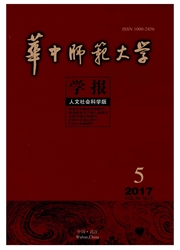

 中文摘要:
中文摘要:
"分山到户"是当前新一轮集体林权制度改革中的主要做法之一,"共有产权"则保留了传统的"按份共有"传统。文章应用"社会–生态"系统(Social-Ecological System,SES)分析框架,以福建省的H村和L村为例,分析这两种不同的森林资源治理途径的利弊。指出,无论是产权"分置"或"统合",都无法保证我国森林资源的永续发展,都是两种不完善的政策选择。单一的政策机制无法解决全部问题,更大的挑战在于从广阔的社会–生态系统视角入手,改善生态系统经营,促进社会适应性治理,最终使人类与森林的关系更加和谐。
 英文摘要:
英文摘要:
"Mountain distribution to every family" is one of the main methods of present new collective forest right system reform,while the "co-owned property" remains the traditional method.This paper uses the social-ecological system(SES) analyzing frame and takes H village and L village of Fujian Province as examples to analyze the advantages and disadvantages of the two approaches of forest sources management.It points out that neither property distribution nor property integration can ensure our country's forest resources developing permanently.A single mechanism can not solve all the problems,thus a big challenge is to improve the ecology system management from the wide social-ecology system perspective in order to make the relationship between human beings and forest more harmonic.
 同期刊论文项目
同期刊论文项目
 同项目期刊论文
同项目期刊论文
 期刊信息
期刊信息
